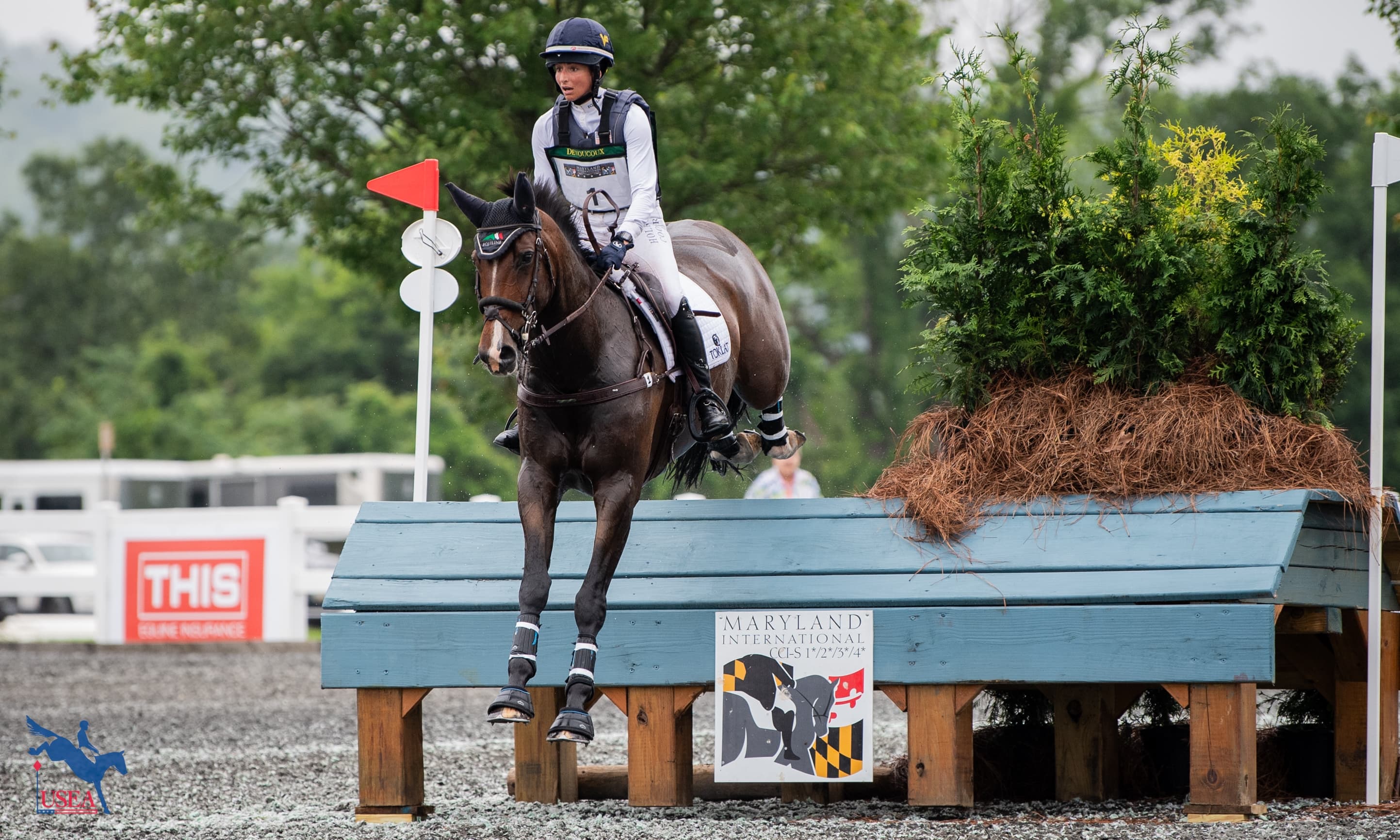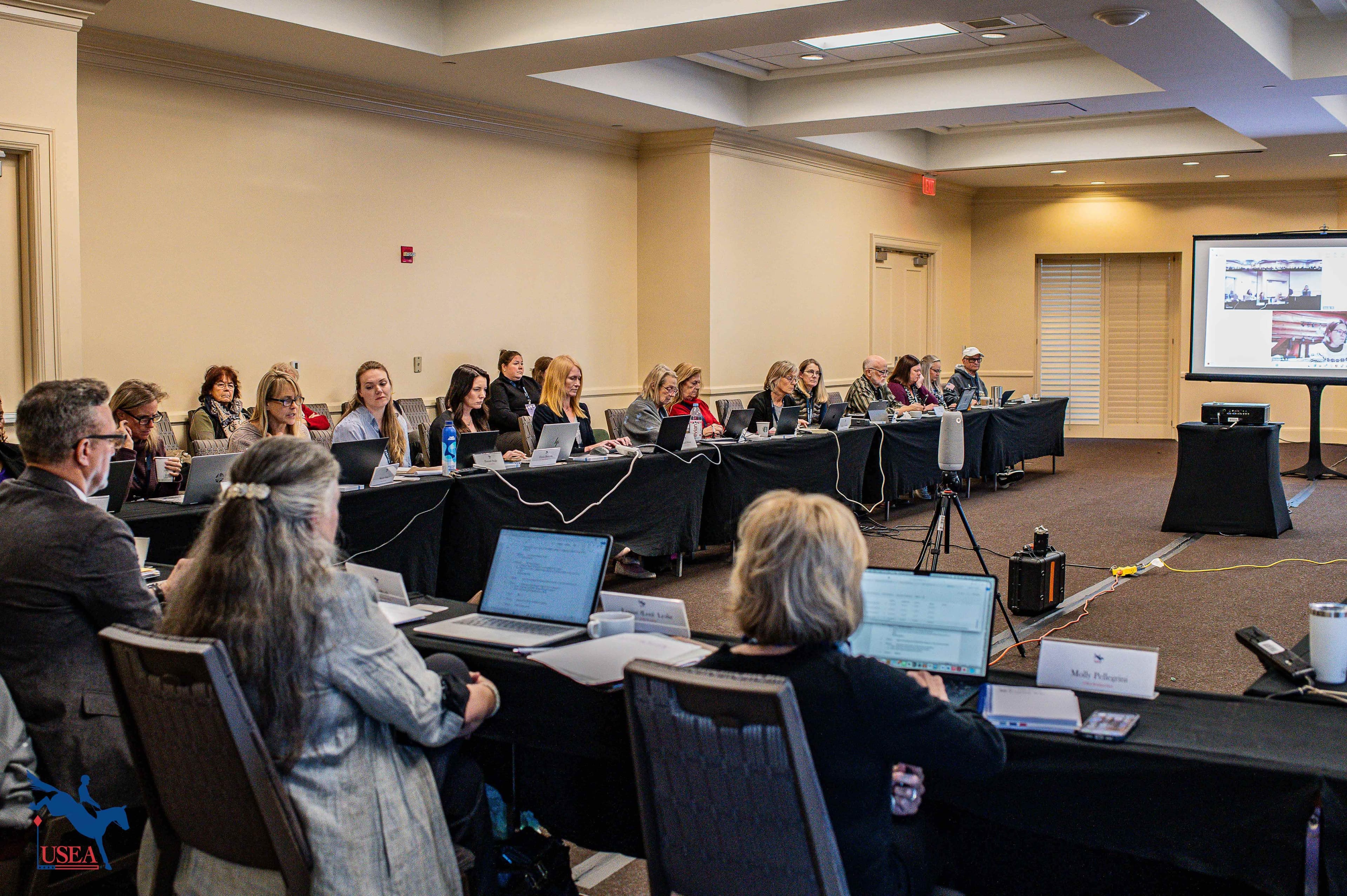USEA Events A-Z: Fair Hill International Horse Trials
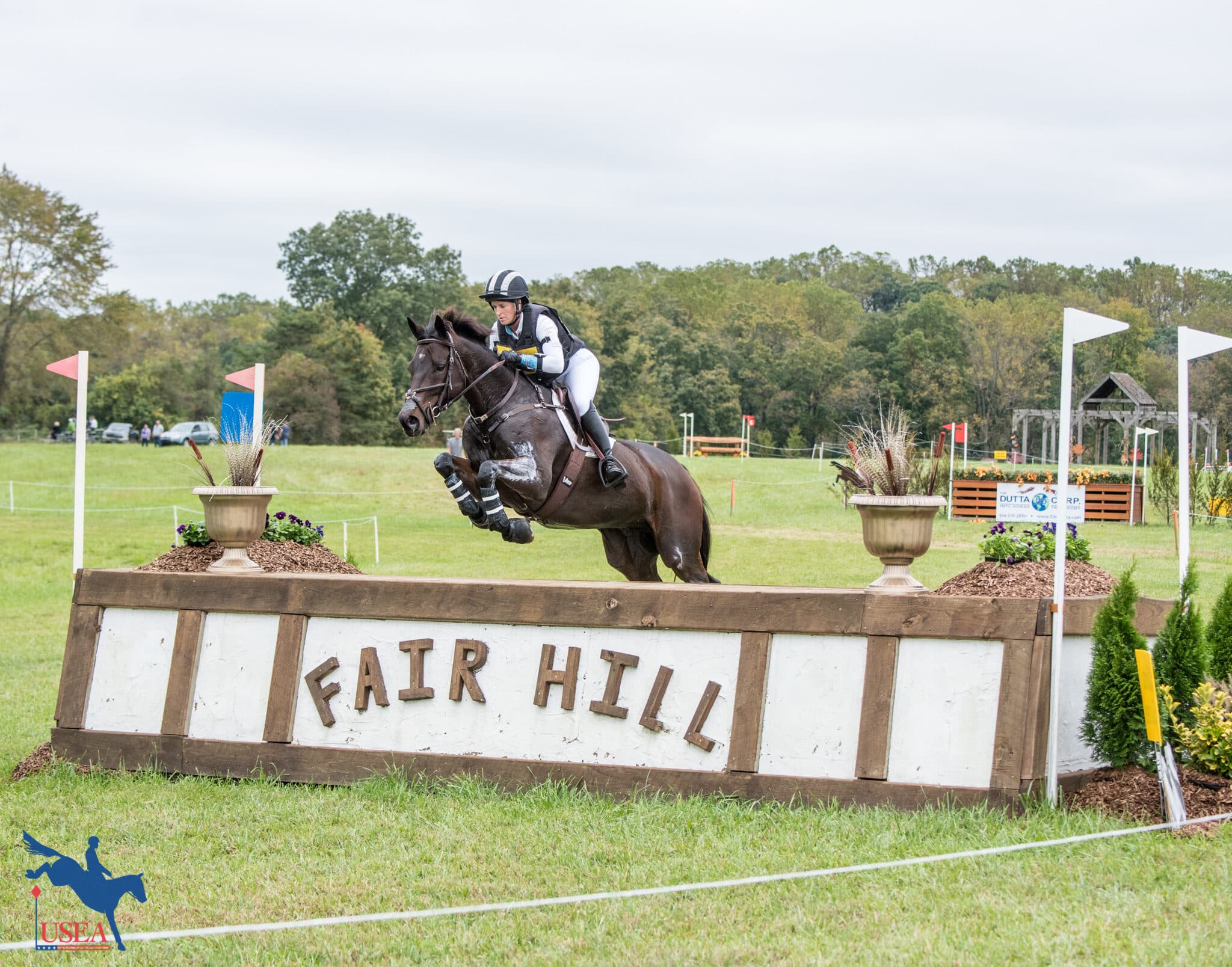
Fair Hill International in Elkton, Maryland (Area II) hosts four USEA recognized events each year in April, May, August, and October, offering Novice through Advanced levels as well as CIC*, 2*, and 3* divisions in the spring and the USEF National CCI2* and CCI3* Championships and USEA Young Event Horse East Coast Championships in the fall. Fair Hill also offers starter trials throughout the year for Elementary, Introductory, Beginner Novice, and Novice levels.
In 1925, William DuPont Jr. began to purchase property along the Maryland-Pennsylvania border with the intention of creating a nature preserve on which he could raise cattle and pursue his two favorite pastimes: steeplechasing and fox hunting. He ultimately amassed a piece of land that encompassed more than 7,600 acres, and that property came to be known as Fair Hill.
DuPont was a firm believer in the importance of thick, healthy turf and knew that the process couldn’t be rushed, so he waited seven years before allowing a horse to set foot on the steeplechase track he designed at Fair Hill. While he was waiting for the turf to develop, he built bridges and tunnels throughout the property so that horses and hounds could traverse the land with ease.
When DuPont passed away in 1965, the land lay fallow until the state of Maryland purchased the 5,633 acres of the property that lay within its borders in 1975. That portion of land became what is now known as the Fair Hill Natural Resources Management Area (NRMA). The Maryland Department of Natural Resources (DNR) manages the land and oversees its usage by a number of different organizations, including Fair Hill International.
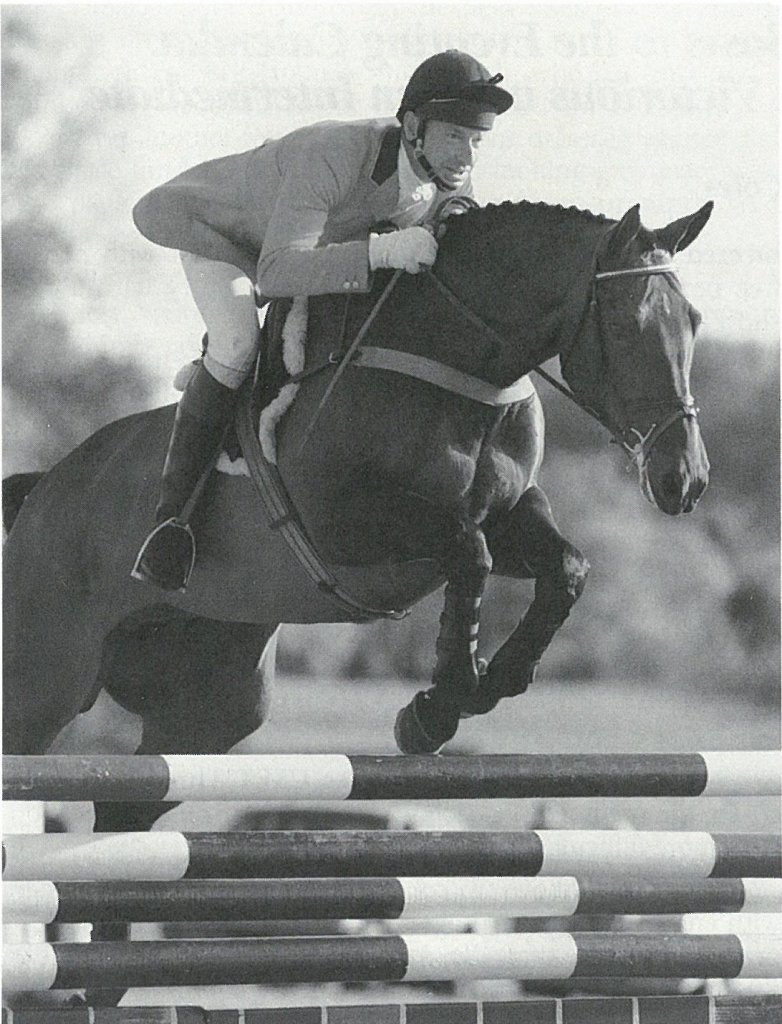
When the Chesterland International Three-Day Event ran for the last time in 1988, a group including Bodgie Read, Dennis Glaccum, Fran Loftus, John Ryan, Lana Wright, and Trish Gilbert came together to found Fair Hill International, a 501 (c)(3) non-profit organization, with the intention of developing a new CCI3* to fill the void left by Chesterland. The property at Fair Hill was already being used for lower level events and Pony Club rallies, but this was an opportunity to put the land to use like never before. “When you look back at how William DuPont originally created this land for steeplechasing and fox hunting, it really is an homage to his vision that it’s still being used for the love of the land,” said Ann Haller, Fair Hill International’s Competition Manager.
Michael Tucker of Great Britain was the first course designer at Fair Hill and Derek di Grazia took over ten years later in 1999. Fair Hill’s courses have long been considered a substantial test of horse and rider, particularly because of the role played by the land’s rolling topography. “There’s a lot of changes that have taken place in the sport, but Fair Hill had always been considered a pinnacle because of the land,” said Haller. “Often competitors would disregard the impact of the land and not comprehend how much the terrain would take out of the horse. The geography is significant.”
Fair Hill International currently utilizes two pieces of the Fair Hill property: the Gallaher Road site, where the autumn CCI2* and CCI3* are currently held, and Sawmill Field, where the other recognized events and schooling events run their cross-country. Events held at Sawmill Field also make use of Fair Hill's fairgrounds facilities, which have arenas and permanent stabling. During the autumn event, the Gallaher Road site is a “green field site,” meaning that it utilizes temporary structures and stabling to essentially build a “village” each year. The growth and popularity of the event has challenged organizers to consider all aspects of the competition and facilities.

Last year, the USEF Board of Directors approved the recommendation of Fair Hill as the site of a new CCI4*. With the changes in the star-system approved by the FEI to take effect in 2019, Fair Hill is waiting now for additional clarity on what will be required to classify an event as a five-star. There are already plans in place to make upgrades to the steeplechase grandstand and track as well as install new arenas with all-weather footing in the infield with the intention of holding the new event at those facilities and running cross-country over the steeplechase track, timber course, adjoining land, and Sawmill Field.
“Shifting the event back over to the Fairgrounds and the steeplechase course will make a tremendous difference because of our access to permanent facilities, including stabling, offices, and the grandstands, as well as improved and up-to-date footing and arenas,” said Haller. “And even though you’ll be able to see a lot of the cross-country course as a spectator, the land will still be very influential for the horses and riders. The land is true ‘eventing land’, with long gallops and great terrain.”
In a way, returning the autumn event to the Sawmill Field and steeplechase side of the property is Fair Hill returning to its roots, as the new event will traverse the same ground upon which the first CCIs held the roads and tracks and steeplechase phases. “It’s interesting that it’s coming full-circle,” remarked Haller. “It’s celebrating the future, but it harkens back to the past because we’re using what we used in the very beginning.”
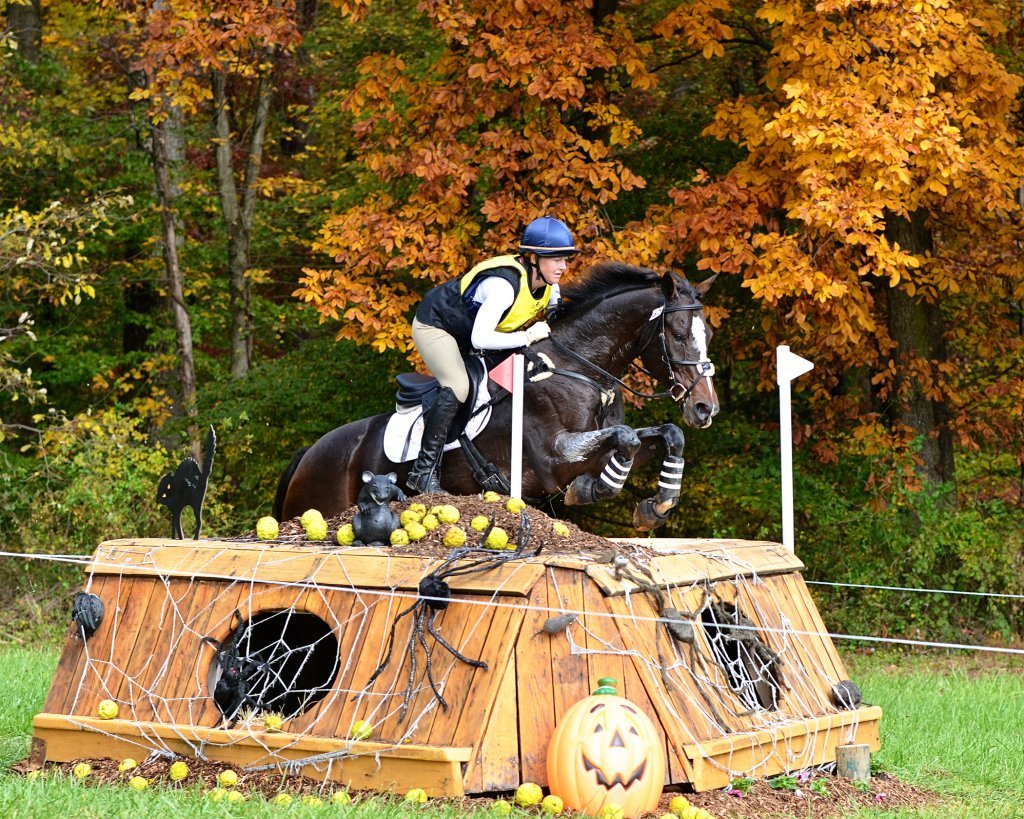
The four-star (now five-star) bid has been a united effort on the part of Fair Hill International, Fair Hill Races, Cecil County Fair, Department of Natural Resources, Maryland Stadium Authority and Maryland Sports Commission, and Populous, the international sports design group that created the venue for the 2012 Olympic games in London. “We feel very lucky to have good relationships with these different groups, especially the DNR, moving forward as we look to the potential for the five-star,” commented Haller. “The DNR balances the needs of all of Fair Hill’s users and still maintains the beauty and pristine quality of the land. We have to be cognizant of how Fair Hill International fits in with the other users and how we can work together, because if we all work together, it’s better for all of us.”
Haller shared that there are also plans in place to make changes and improvements to the other USEA recognized events. “We are excited to have some new offerings for the horse trials and spring CIC and have a renewed enthusiasm as we welcome new volunteers and bring in Marc Donovan to design the show jumping courses. We are looking forward to making upgrades and unveiling changes to the cross-country courses as well.”
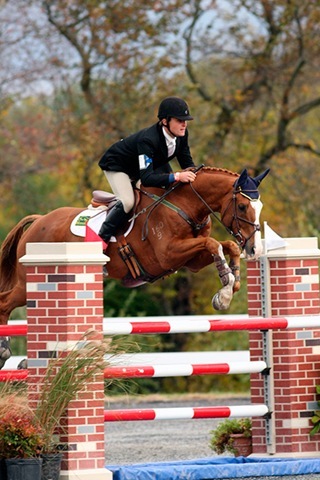
One thing that’s certain is that Fair Hill International wouldn’t be where it is today without the incredible dedication and support of volunteers, all the way back to the original Fair Hill Founders Committee. “This entire thing is volunteer driven,” Haller asserted. “The volunteers have carried Fair Hill from the very beginning. They’ve made this event happen for 30 years.”
Many of those who were involved with getting Fair Hill International off the ground all those years ago are still involved with the event to this day. “Bodgie still sets up the dressage arenas and organizes all the jump judge packets and clipboards,” said Haller. “She’s been invaluable.” Trish Gilbert, another member of the Founders Committee, is the cross-country course designer for the horse trials.
Haller also noted that there have been several key long-time volunteers from the Advisory Committee and the Organizing Committee have been instrumental to the events at Fair Hill. “They have really poured their hearts into making Fair Hill what it is.”
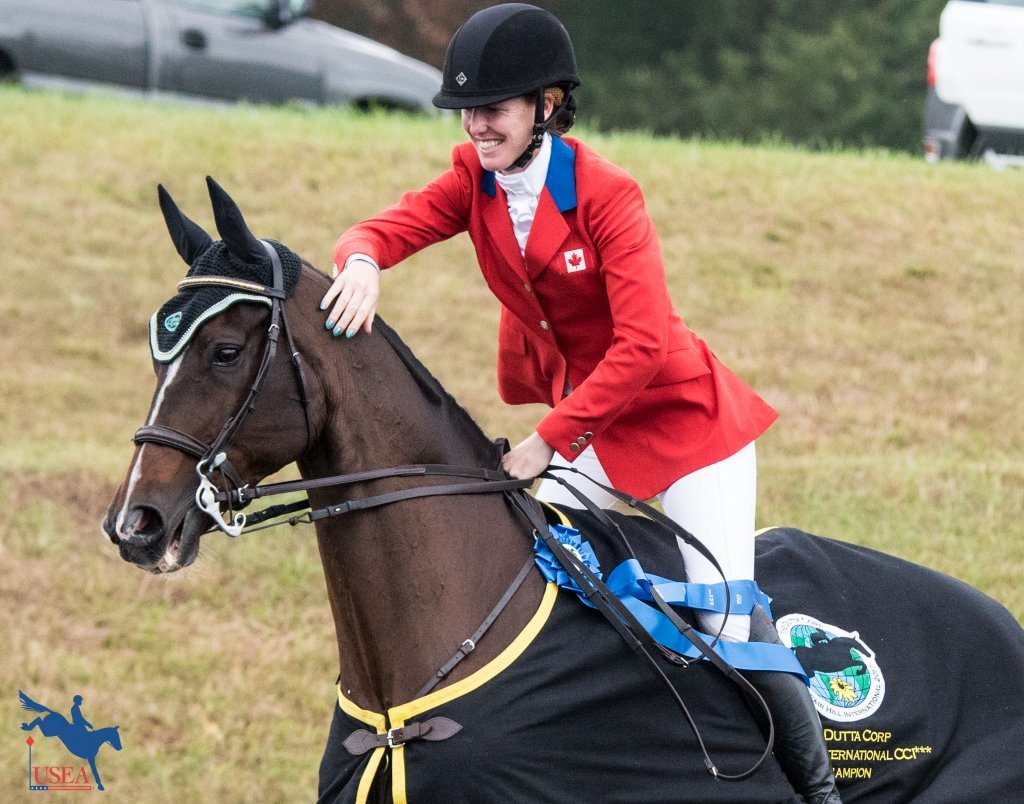
Fair Hill International also receives a lot of volunteer support from the local Pony Clubs as well as local horsey and non-horsey people alike, and Haller said that joining the USEA Volunteer Incentive Program has been a great step forward for volunteerism at Fair Hill. “We’re bringing more young people and interested eventers who have come to volunteer and their genuine interest and enthusiasm is contagious.”
Volunteers at Fair Hill can frequently be heard using the phrase, “From Dreams to Teams,” because young riders can ride their first Elementary level event all the way up to the three-star level, all at the same venue. And, with so many professional riders based in the surrounding area, Fair Hill is a popular spot for riders to bring their young horses to get their start. “For our local amateurs or young riders, it’s a little daunting but it’s also exciting to ride against the Olympians and the world-class riders who are bringing out their young horses,” said Haller.
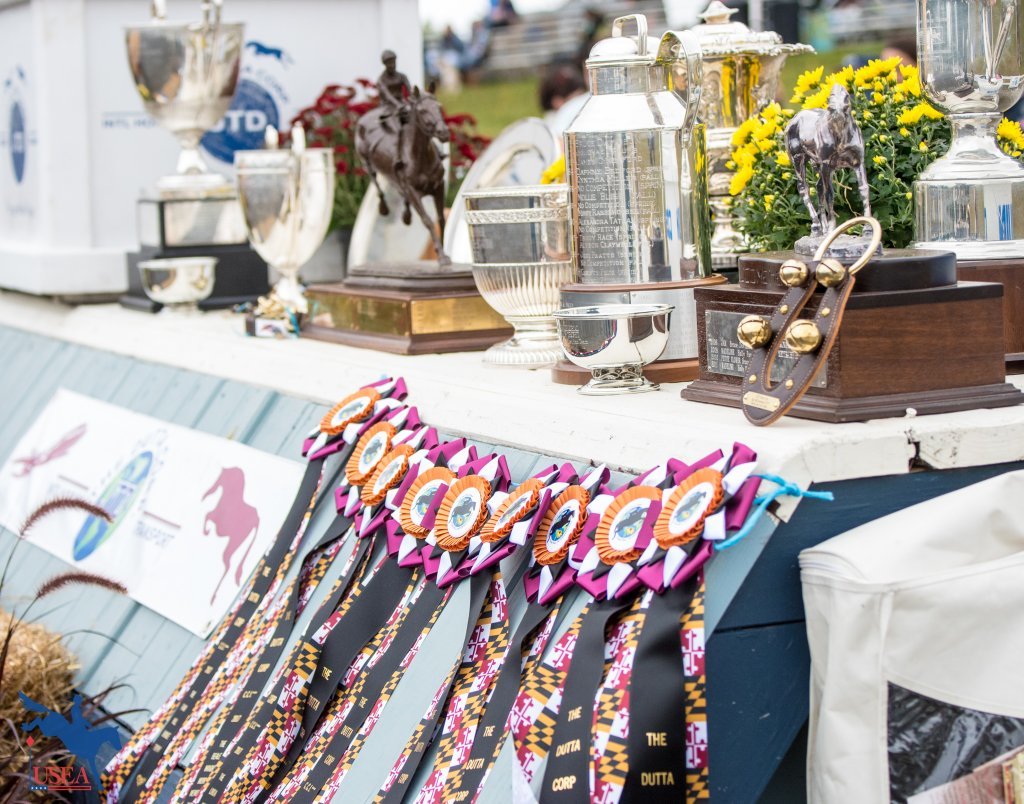
For Haller, Fair Hill is about two things: the land and the people. “It’s that combination of a truly incredible piece of land and all the people that have stayed so dedicated to its preservation,” she said. “Coming to Fair Hill feels like coming home. Everyone is welcome, from the youngest riders to the Olympians, and the Olympians are right out there in the warmup with everyone else. Everyone works together, and to me it brings out the very best in people.”
As Fair Hill International enters its 30th year, Haller and the whole team are dedicated to progressing forward while maintaining the event’s character. “The volunteers, the riders, and the land are what really makes the events at Fair Hill special, and that’s been true since the very beginning,” Haller remarked. “The events still have that wonderful, slightly nostalgic feeling even as we’re committed to updating and upgrading them to the professional level that riders expect now, all without losing that wonderful ambiance.”
The USEA is profiling the history behind all USEA recognized events in the USEA Events A-Z series.

